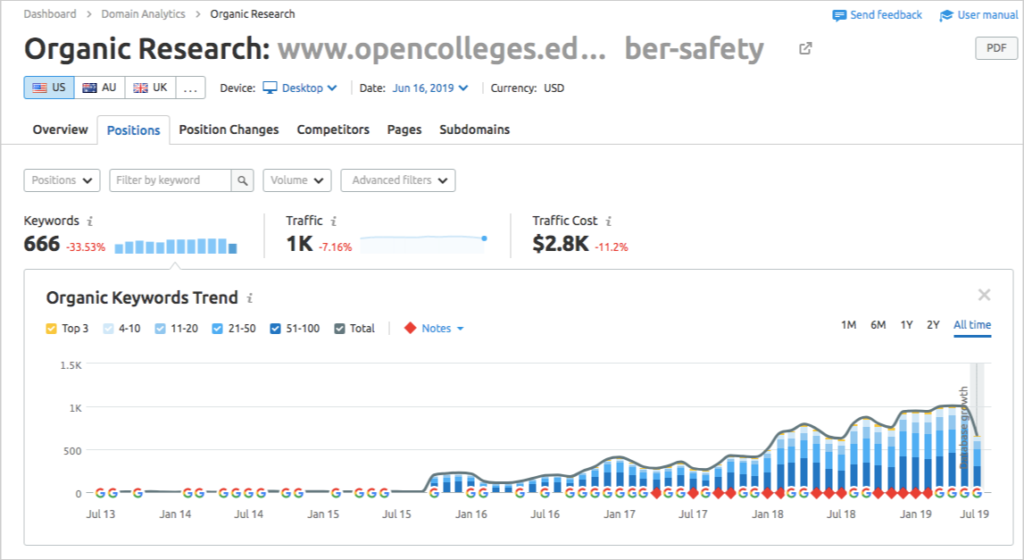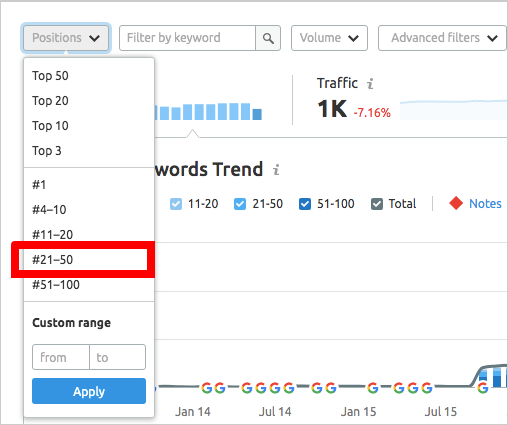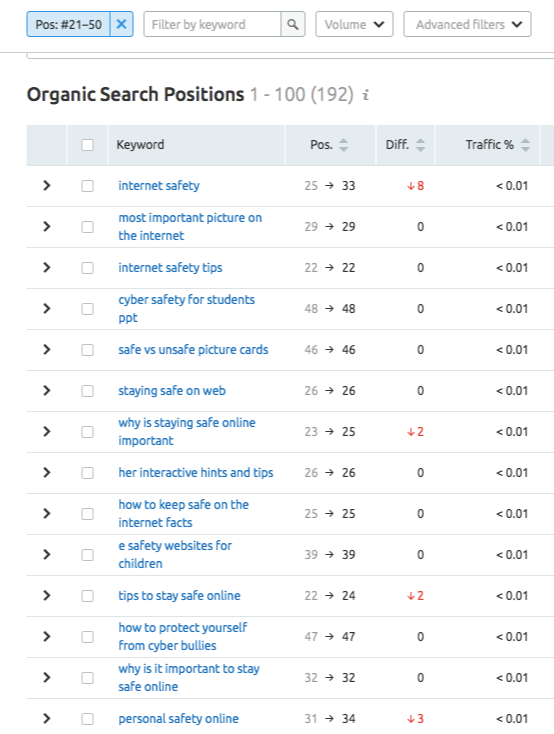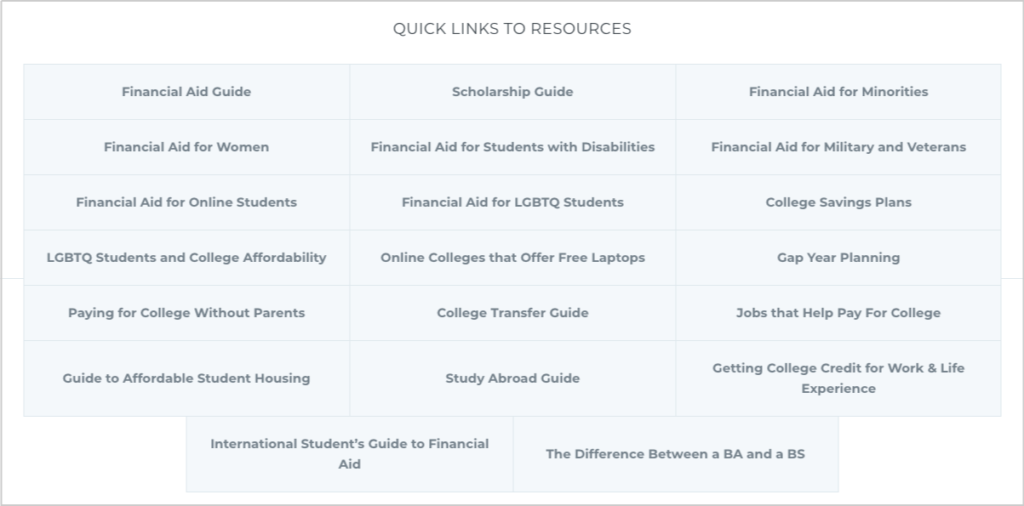by Venchito Tampon Jr | Last Updated on October 24, 2021
Leveraging new audiences is incredibly helpful in growing your brand’s online community.
It’s a great way to drive more traffic to your site given that you will be able to absorb other sites’ existing followers through links being placed on their pages.
Growth in terms of links and traffic is one of topmost priorities for seeking new audiences for your website.

In this post, I won’t go deeper into conventional methods of finding and maximizing audiences of other publishers such as creating text-based content pieces (guest posts).
I’ll be sharing a few insights to leverage your own existing content assets’ reach and discovering other on-the-brand linkable audiences.
Let’s get right to it.
BUILD SUBSEQUENT CONTENT ASSETS FOR KEYWORDS ALREADY RANKING
It’s easy to dive into creating content assets for other publishers. As relevant as they are, it’s always a practical way of increasing your brand exposure for people who might find your content useful — and eventually capturing your content because of the value your content has been able to provide.
However, there’s a probability of missing out opportunities your content assets have gotten success with already.
You can start by looking at your site’s top ranking pages — pages that have ranked well not only for their target keywords but also for other multiple keywords within a singular topic.
SEMRush is a great tool in discovering these top pages through Organic Research.

Go dig deeper to find what keyphrases those pages are ranking for. The Top Organic Keywords report shows you the entire list of keyphrases.
Filter the results of keywords by positions 21-50, which means you only want to see terms the page is ranking for on 21 to 50-ish range of search results.

You will only see now keyphrases where your specific page is ranking from positions third page of results, and further.

For example, this page, “Cyber Safety Guide” ranks for the keyphrase, “internet safety” while dominating for other 600+ relevant keywords. By checking, you’ll see that there are keywords where makes sense to create subsequent articles just for them. Examples are cyberbullying pictures, malicious parents guide, and safety message ideas.
Your existing content asset may be ranking well for those keywords (as it is perceived as being relevant to those queries), yet new pages can serve well for intents for each individual keywords. This leads to more ranking opportunities and more visibilities for your site.
ON-THE-BRAND LINKABLE AUDIENCES
In the hopes of building resource links, a lot of content publishers have started creating a series of content assets for different linkable audiences.
Given that these audiences are likely to link to your resource, as long as they fit the topic (e.g. ), it would be easy to create content, get links and grow your link profile.
For example, Affordable Colleges and DrugRehab have produced comprehensive guides for similar audiences (parents, teens, kids, teaching, PSTD, disabilities, etc..).

While this is a good link building strategy of publishing different guides for different linkable audiences, there will be some disconnect brand-wise between linkable audiences and your customer profiles, if not planned carefully.
Every content publisher has to understand deeply their customer profiles (from top-view down to their execution of content creation).
This is important in order not to go too far away from their main blog’s target audience. It’s easy to create content for cancer patients, but when your customer profile does not include that, it would just be an additional piece to your blog that disconnects people from visitors to customers and are less likely to bring people from point A to point B of the customer journey.
I’ve been doing consulting with SEO agencies and brands lately, and I constantly tell people not to stretch their brand too much for the sake of creating content pieces for contextual links.
Getting links from off-the-brand links pages can help drive referral visitors but may not actually convert into customers, as the main offerings of the site do not fit to their specific profiles. Brands may get a lot of links from different guides for linkable audiences, but may not help in lead generation or conversion-wise.
This is why SEOs and content marketing agencies find it difficult to get buy-ins from marketing teams, execs, and content teams of their clients. Clients want to target direct consumers, but SEOs and link builders want to produce assets for other audiences.
The key here is to exhaust all possible means of identifying the most relevant linkable audiences in your customer profiles (or if your direct customers are also one of linkable audiences – that would be a big advantage on your part).
Then, go look for other linkable audiences that are still relevant to areas within your customer avatars. Reaching far from your main customer audience (five levels sidewide relevance-wise) isn’t practical when investing resources for content creation.
You can check out these comprehensive guides on link building and a cheat sheet of search engine queries.
LEVERAGE NON-COMPETING BRANDS
Another way of increasing your reach through finding new audiences is to find any non-competing brands in your industry.
If you offer very specific products or service (definitely targeted to niche customers), there are three ways you can approach this:
- Find similar brands but are serving other local cities.
- Find brands with the same target audience but provide different offerings.
- Find brands of different types (affiliates, eCommerce blogs, etc..).
For example, if you own an affiliate blog for dog owners, you can leverage eCommerce stores that directly sell dog food, supplies, or equipment.
If you offer personal injury legal services in Texas, find medical institutions with the same target audience in your target local city.
LEVERAGE NEW AUDIENCES
By looking at the locality, website type, and expanding your industry horizon of topics, you can discover content opportunities you can take advantage of. Invest in building content assets on your blog first, then produce relevant pieces for other relevant sites as well.
By leveraging new audiences, you don’t lock your brand into the limited efforts and resources you can reach by your own. You tap into other brands or online communities with existing reach to targeted visitors.
The Author
Venchito Tampon Jr
Venchito Tampon is a Filipino Motivational Speaker, Corporate Trainer, and a Leadership Speaker in the Philippines. He is the CEO and Co-Founder of SharpRocket, a link building agency. With a decade of experience, Venchito has a proven track record of leading hundreds of successful SEO (link builidng) campaigns across competitive industries like finance, B2B, legal, and SaaS. His expert advice as a link building expert has been featured in renowned publications such as Semrush, Ahrefs, Huffington Post and Forbes. He is also an international SEO spoken and has delivered talks in SEO Zraz, Asia Pacific Affiliate Summit in Singapore, and Search Marketing Summit in Sydney, Australia. Check out his other businesses, Hills & Valleys Cafe, Blend N Sips and Saas Pursuit.
How our LINK BUILDING AGENCY builds 250 links/mo consistently using Predictable Link Building Methodology™…
- Using a SIMPLE and PROVEN system
- Using a SCALABLE strategy
- No private blog networks
- No creepy outreach emails
